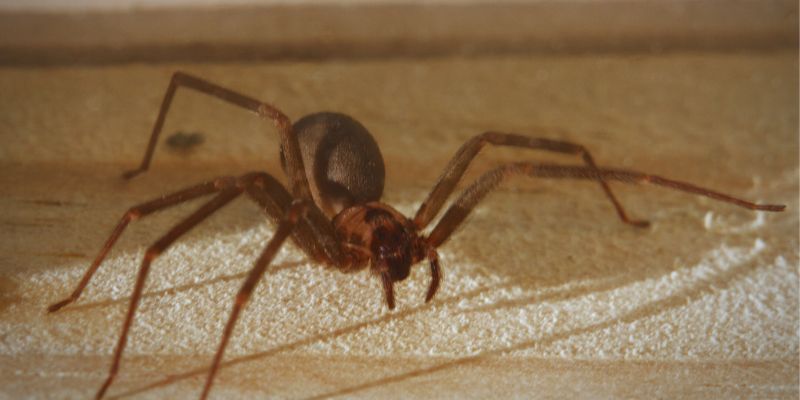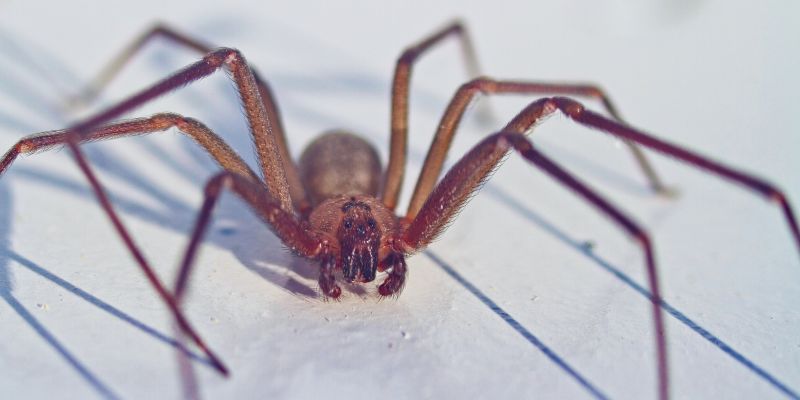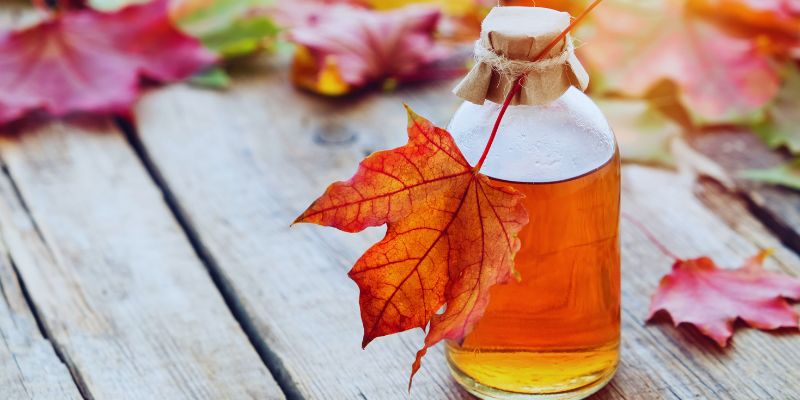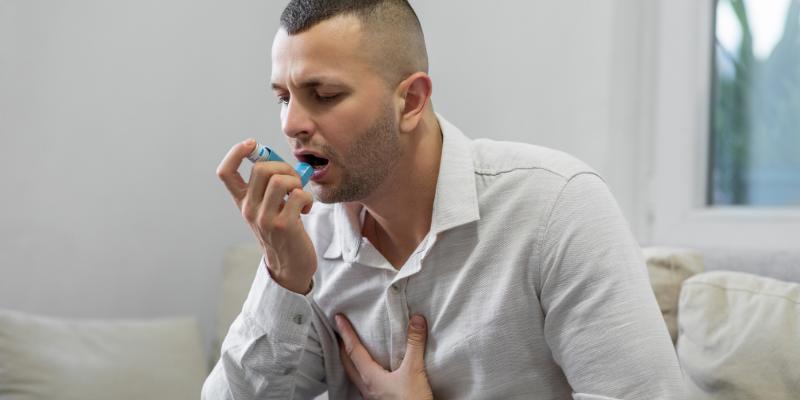Effective Treatment for a Brown Recluse Bite: What You Need to Know
At first, a brown recluse bite may seem annoying, but it can soon become dangerous. Usually found in secret nooks of homes, particularly in dark spaces like basements, closets, and attics, this little deadly spider is most people easily overlooked as most of them do not even feel the bite right away. However, over time, the venom can seriously injure tissues.
Problem prevention depends on early recognition of the symptoms and knowing how to treat the bite. Knowing what to do if you are bitten will significantly affect your recovery, whether you live at home or in a natural environment. This article will assist you through the measures to follow if you get bitten, the symptoms to be alert for, and the various treatment choices to guarantee fast and safe healing.

What is a Brown Recluse Bite?
When this deadly spider pierces the skin, a brown recluse bite results. The venom contains toxins that can seriously injure tissue, including cutaneous necrosis—a condition wherein surrounding tissues die. The bite is often painless at first and can be difficult to find. However, within a few hours, redness and swelling usually show up around the bite site. In more extreme cases, the skin can blister, ulcerate, or create an open wound.
The brown recluse's venom includes compounds that destroy blood vessels, depriving the impacted tissue of oxygen and nutrition and hastening the harm. The damage might expand if untreated, resulting in major symptoms such as fever, chills, or nausea. Rarely, the venom can cause severe systemic symptoms, including organ failure, that need quick medical intervention. Reducing the dangers requires early treatment after realizing the bite.

Symptoms of a Brown Recluse Bite
You might not feel it straight away when a brown recluse spider bites. Initially, the bite is often painless. But within hours, you could start to experience symptoms that, with time, could get more severe.
- Redness and Swelling: The surrounding bite area will usually turn red and swell. It is a classic symptom of inflammation; the skin could feel warm to the touch or painful.
- Blistering and Ulceration: As the venom travels, it damages the skin and results in blisters. These blisters can open and develop into ulcers, generating an open wound. Significant skin loss might result from this process; hence, the wound might get big.
- Pain: Though the bite might be innocuous when the venom affects the tissue, the region can become increasingly painful. Often, the pain gets greater as the wound heals.
- Fever and Chills: The body responds to the venom, and you could have flu-like symptoms such as fever and chills. It indicates the body's combat of the venom's effects.
- Nausea or Vomiting: Sometimes, the venom could produce nausea, vomiting, or vertigo. These symptoms point to the poisons' spreading effect on the body systemically.
Immediate Steps After a Brown Recluse Bite
If someone you know or yourself gets bitten by a brown recluse, you must act fast. The initial actions to take are:
- Clean the Bite Area: Wash the bite with water and soap. This helps prevent infection. Using a fresh towel, softly pat the area dry.
- Apply a Cold Compress: Use an ice pack or cold compress to lower swelling in the bite region. Steer clear of straight ice application to the skin. Initially, wrap the ice in a cloth.
- Take Over-the-Counter Pain Relief: Counter Medications, including acetaminophen or ibuprofen, can help control inflammation and pain.
- Elevate the Area: If the bite occurs on an arm or a leg, raise that limb to help lessen swelling.
- Monitor for Changes: Watch the bite location for any changes, including more redness, pain, or wound spreading.
Treatment Options for Brown Recluse Bites
The degree of the symptoms determines the treatment course for a brown recluse bite. These are typical treatment choices:
- Wound Care: A doctor meticulously cleans the bite site to prevent infection. They could use topical antibiotics to ensure the region remains free from dangerous bacteria. Good maintenance and cleaning help to reduce difficulties.
- Pain Management: Over-the-counter medications might not be sufficient for painkillers. Stronger painkillers and other recommended medications can help to reduce the discomfort as the wound heals.
- Antihistamines: Doctors could advise antihistamines to help with symptoms if the bite creates an allergic reaction or edema. These can reduce inflammation and itching surrounding the afflicted area.
- Surgical Intervention: Surgery could be required if significant necrosis is where tissue starts to die. Debridement, another name for this operation, is dead tissue removal meant to encourage healing.
- Tetanus Shots: If the wound exhibits indications of infection, a tetanus vaccination could be advised to avoid more difficulties.
- Intravenous Medications: Rare, severe instances may require intravenous medications such as antibiotics or corticosteroids to treat systemic responses and prevent consequences.
When to Seek Medical Attention
See a doctor immediately if you think a brown recluse spider bit you. The venom can cause major reactions that worsen with time, even if the bite first seems mild. Rising pain, redness, or swelling around the bite suggests that the venom has spread and is harming tissues. If the area has blisters or open sores, it is vital to contact a doctor since these indicate skin necrosis.
Other symptoms, which suggest a more serious systemic reaction to the venom, include fever, chills, nausea, or vomiting and demand medical attention. Rarely, the bite might cause medical problems, including dyspnea or vertigo, which need fast treatment. See a healthcare practitioner always to guarantee suitable treatment whether the bite area is infected or if you have any queries and avoid issues.
Conclusion:
Although a brown recluse bite could be a minor irritation, its possible hazards demand immediate reaction. Controlling the effects starts with knowing the signs and acting immediately—cleaning the bite, applying a cold compress, and consulting a doctor. From pain management and wound healing to more extensive surgeries in dire circumstances, treatment decisions cover a wide spectrum. Monitor probable consequences, including fever, chills, or nausea, and see a professional as soon as symptoms aggravate. Early therapy reduces the risk of long-term harm significantly and provides a safer rehabilitation approach.












